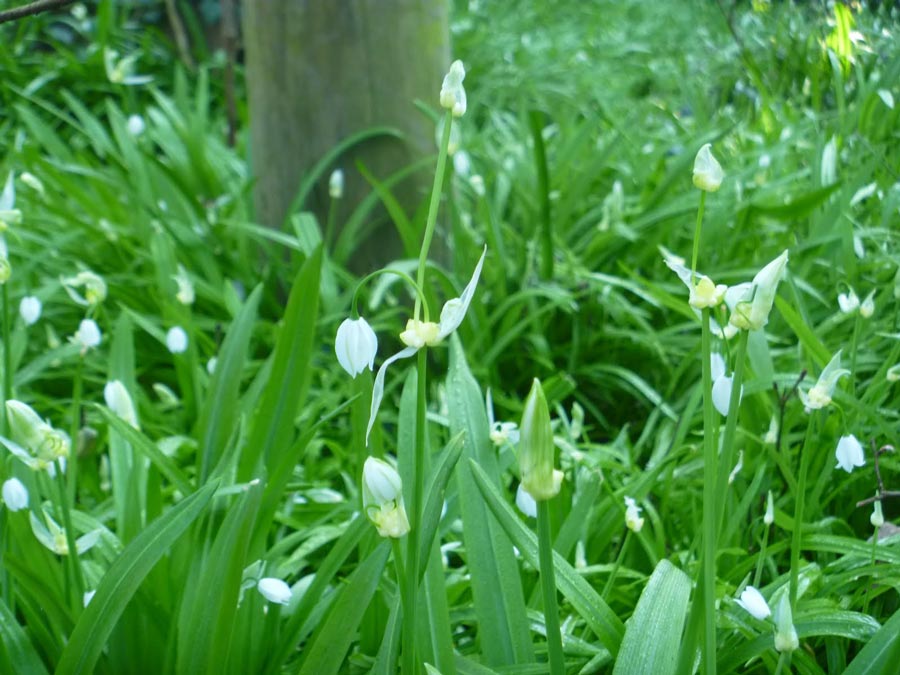
Foraging in Cornwall: Wild Garlic
In amongst the natural woodlands lining the creeks and crevices of the estuaries and peninsulas around our beautiful county, currently the amazing scent and scattering of white flowers emerges from the forests. Swathes of fecund green sweep the woodland floor, as seaweed is starting to show up on beaches once more.
Days are more temperate, and as asparagus, spinach and rainbow chard spring up in food boxes and allotments, nature is awash with this delicious forageable food.
Surrounding our luxury elopement wedding destination in Cornwall, there are so many exciting woodlands that you can explore around Heligan’s woods and toward London Apprentice. On the way to Truro you can go to Idless and get lost in the pines. Carpeting the grounds, you will notice a Mediterranean aroma of garlic.
Belonging to the Allium family, you can recognise them by their graceful broad, pointed leaves, which emit the delicate scent of garlic and have the same pleasing sweet tastes as leeks, onions and regular garlic. They can
Dispute being edible, bulbs of the wild garlic plant are usually too small to be of much use, so it is much more effective to pick the leaves and even flowers. In fact, the best time to consume Ramson’s is actually before they flower for too long. Like the green strip in a regular garlic bulb, they can become too bitter. As such, April is really the optimum time for picking, since the flowers have not yet totally opened, and are still buds. Actually the true season for wild garlic leaves is pretty short lived. February in Cornwall to about June is as long as you have, but on the plus side they do grow abundantly.
You can pick and eat the leaves just as they are, when they are obviously at their strongest in flavour. This time lends itself well to pesto, which complements fish, and salad dishes, as well as seasonal lamb and chicken, or just added to potatoes.
When combined with eggs, you can make a delicious frittata, which can be served hot or cold and taken out on a picnic. Perfect folded into seasonal spring risottos with asparagus and scallops, wild garlic is a bit of an all-rounder!
Identifying these leaves is not as tricky as some novice foragers may fear. There is a Lily of the Valley leaf which is vaguely similar and highly toxic. However, wild garlic can be identified by its smell. Also the Lily of the Valley really stings when you do eat a piece of it, so always conduct a smell test and a tiny taste test first, if you are really unsure. Simply crushing a leaf in your hand should release enough of an aroma.
Wild Garlic Pesto
ingredients
100g wild garlic
50g parmesan or any hard cheese; grated
50g hazelnuts, pine nuts, walnuts or whichever you have to hand
olive oil
salt & pepper
method
Make sure you wash your wild garlic prior to use and either blitz in a blender or smash in a pestle and mortar.
Add your cheese and process again to smash the leaves down more.
Lastly, add your nuts and pour in the olive oil slowly to make a paste.
Add salt and pepper to taste and use to flavour anything from spring potatoes to scallops.
To come and frolic in the wild garlic woods of Cornwall, call Janie on 01726 844881 to book a place at Lower Barns today.
